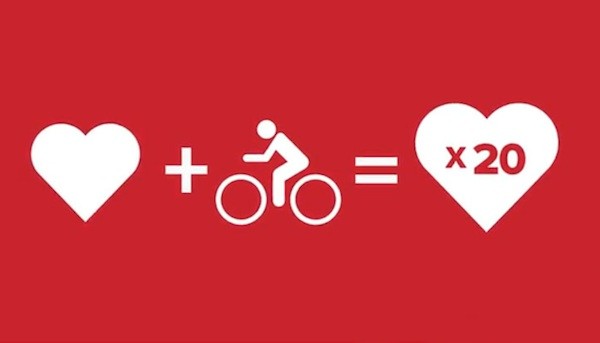 The cycling industry is huge and there are many reasons for this. Here are some interesting facts relating to the cycling industry you might not know:
The cycling industry is huge and there are many reasons for this. Here are some interesting facts relating to the cycling industry you might not know:
- In America, bikes are used for less than 1% of trips taken, while cars are used for up to 84%. In the Netherlands, bikes are used for 30% of trips. In Denmark, the number is 20%. Canada’s bicycle usage is closer to that of the United States, and their car usage is almost as high.
- In the Netherlands, there are more bikes (18 million) than people (16 million). They have a pro-cycling infrastructure for their transportation system, making it an easy choice for everyone to choose riding their bike to get around. The vast majority of their bikes are made locally, and they export over 1 million bikes every year to other countries.
- The Netherlands has incorporated cycling into their everyday life extremely well. They have traffic signals specifically for bikes, and teach young children how to cycle, both conceptually and practically, in school. Children frequently ride their bikes to school every day.
- Every year, around one hundred million bikes are produced. Over half a billion bikes reside in China, while over 18 million bikes reside in the Netherlands. The world contains more than a billion bicycles total. There are approximately 100% more bicycles in the world than there are cars.
- Cycling produces a significantly lower carbon footprint than cars, and improves the health of the user. In the United States, up to 84% of trips are made in cars, which is among the highest percentage in the world. Imagine if half of those trips were taken on bikes instead, and the effect on America’s carbon footprint and overall health. One statistic shows that riding a bike for 20 or more miles per week can decreases your chance of heart disease by 50%.
- The Tour de France is considered to be one of the most intense endurance races out there; participants cover around 2720 kilometers divided into smaller stages within 3 weeks.
- Bicycles have gone through makeover after makeover throughout their history. Bikes used to commonly come in a form where one wheel was massive compared to the other. The style changed to favor the front wheel and the back wheel at different times.
- There are countless different types of bikes that are made, usually fulfilling different purposes. Examples include BMX bikes, mountain bikes, racing bikes, utility bikes, cruiser bikes, and more. Forms of bikes other than the bicycle are unicycles, tricycles, and quadracycles.
- Riding a bike is extremely energy efficient, and takes only about the amount of energy put into walking (at speeds of around 10-15mph). They allow the rider to travel much farther than they would if they were walking using the same amount of energy. There is also a device called the Copenhagen Wheel that stores energy put into the bike, such as when riding downhill. The energy can then be used at a later time as needed.
- Riding a bike is possible because the bike’s center of mass rests above its wheels as the bike is steered. That is why leaning is necessary when turning the bike; it is called counter steering, and allows you to maintain balance on the bike.